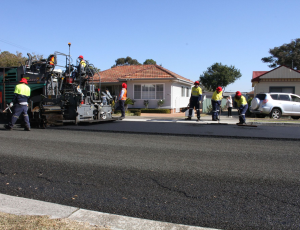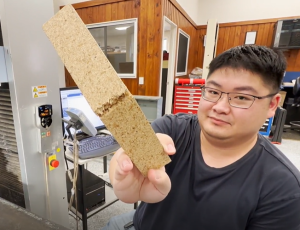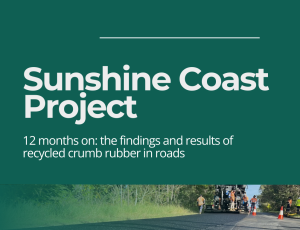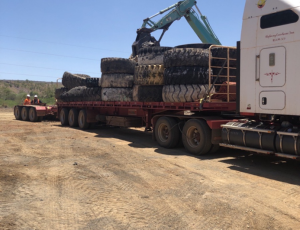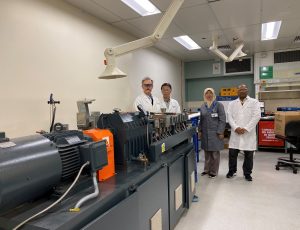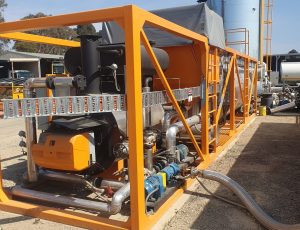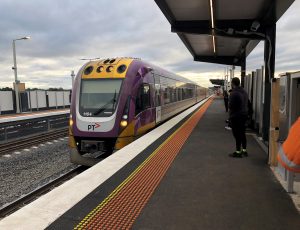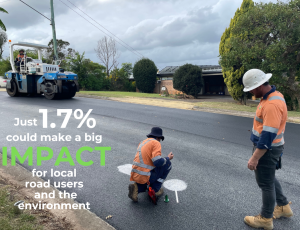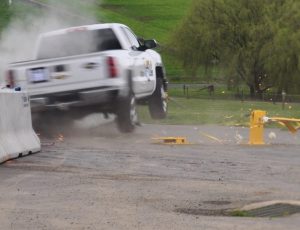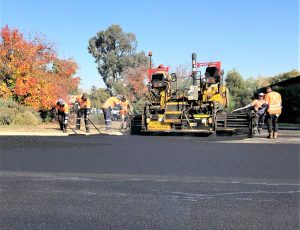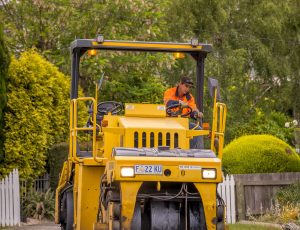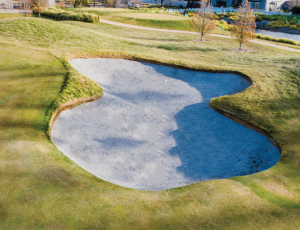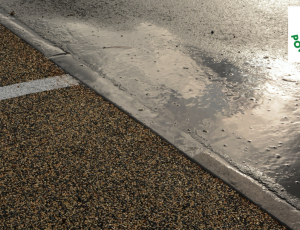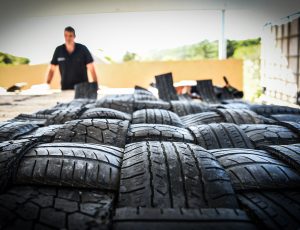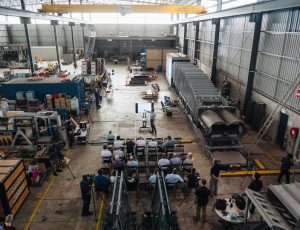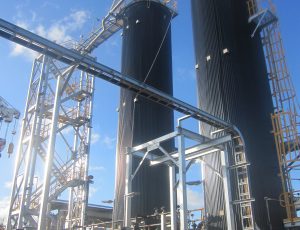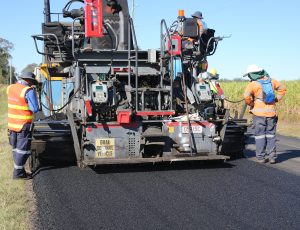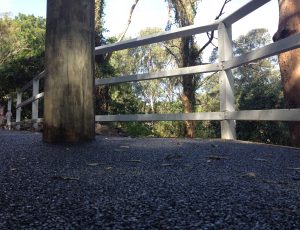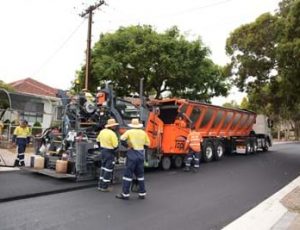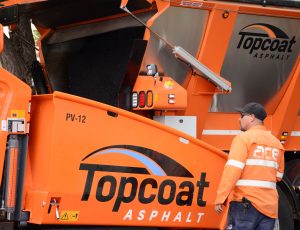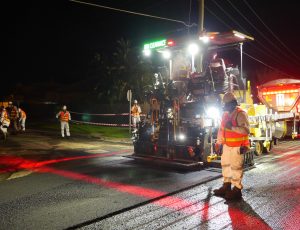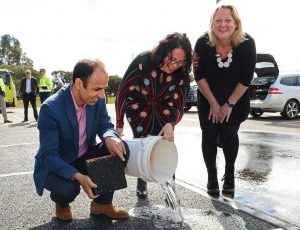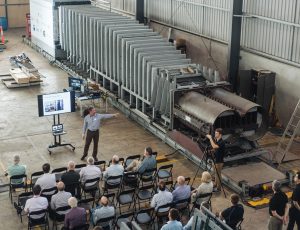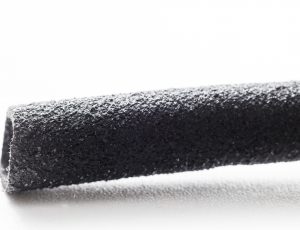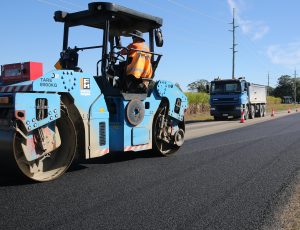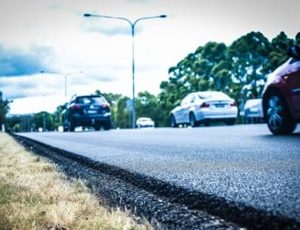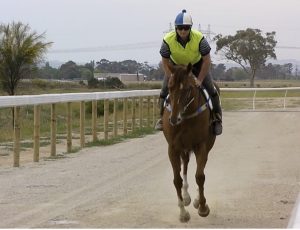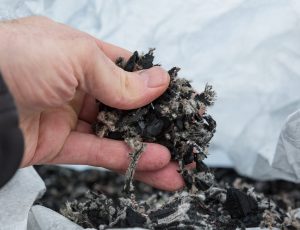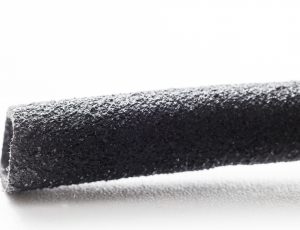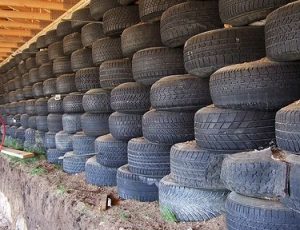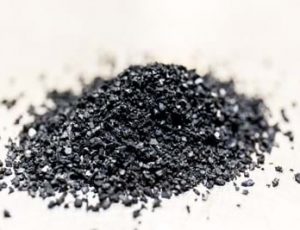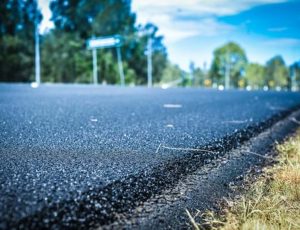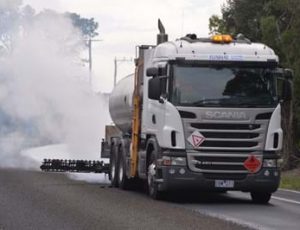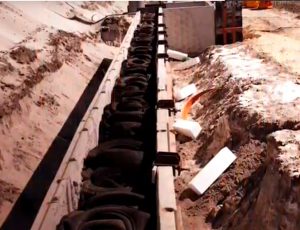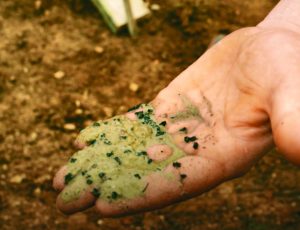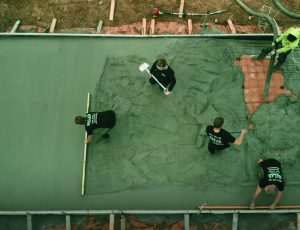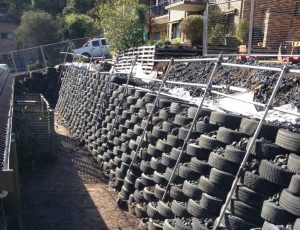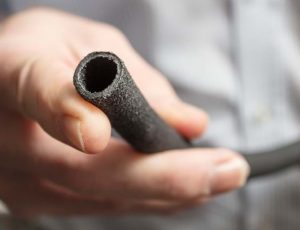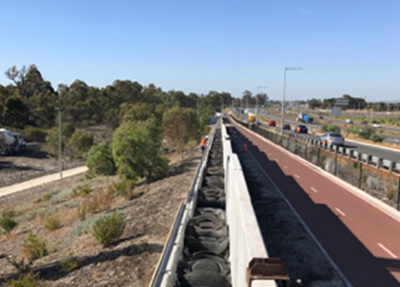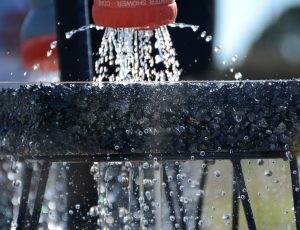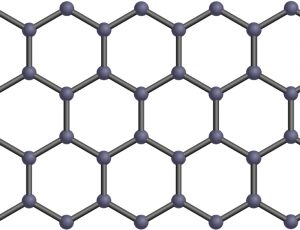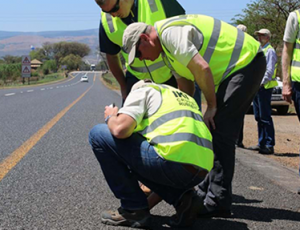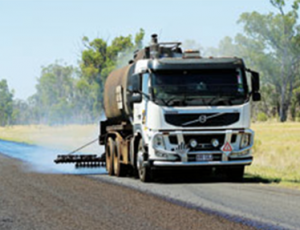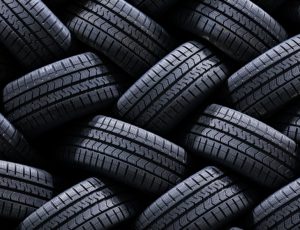Current Projects
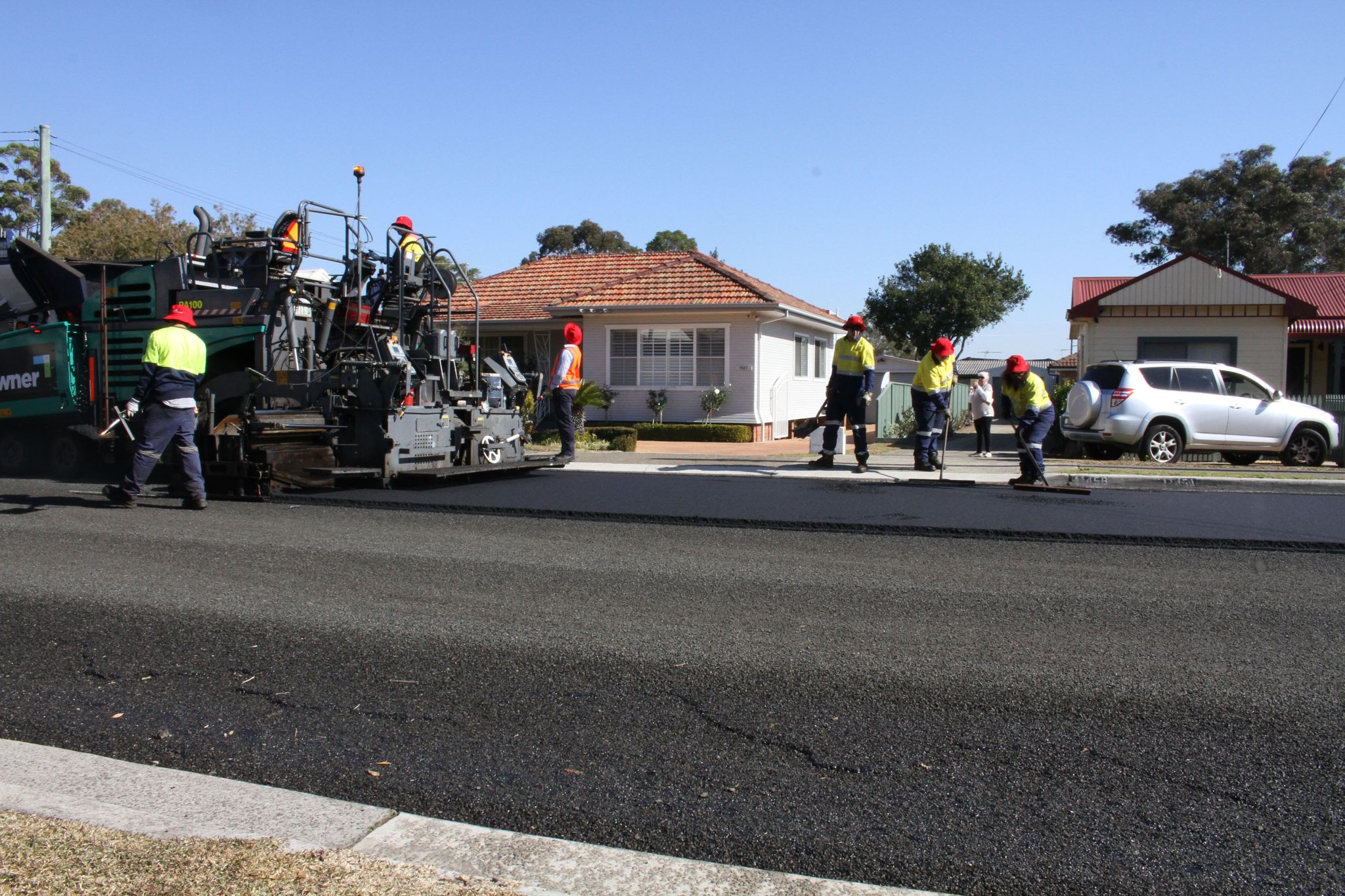
Current Project > Road
Local Government Leading the Way: 12 Councils Unite to Transform Australia’s Roads with Recycled Tyres
1 May 2025
PROJECT OVERVIEW
In 2023, the Southern Sydney Regional Organisation of Councils (SSROC) led one of Australia’s largest multi-council demonstration projects using recycled rubber from end-of-life tyres in road construction. This groundbreaking initiative, “Paving the Way: Recycling Tyres for Roads,” was supported by Tyre Stewardship Australia (TSA) and implemented in partnership with the Australian Flexible Pavement Association (AfPA).
The project brought together 12 councils across Sydney: Bayside, Burwood, Canada Bay, Canterbury-Bankstown, City of Sydney, Georges River, Inner West, Randwick, Sutherland, Waverley, Woollahra, and Northern Beaches. Each council resurfaced a road section using recycled rubber-modified asphalt mix, creating a comprehensive network of demonstration sites to evaluate the performance, durability, and environmental benefits of crumb rubber in road infrastructure.
PROJECT STATISTICS
The project achieved significant scale across the participating councils:
- 40,000 square metres of asphalt laid
- 28,500 kilograms of crumb rubber used
- 6,500 tonnes of asphalt incorporating recycled materials
The environmental impact was substantial, with 4,500 passenger car tyres and 1,000 truck tyres used for productive outcomes through this single initiative.
THE CHALLENGE
Australia generates an estimated 537,000 tonnes of used tyres annually, with only a small portion currently being recycled into road infrastructure. The traditional fate of these tyres includes landfilling, stockpiling or dumping creating significant environmental challenges.
Local councils manage over 75% of Australia’s roads, presenting an enormous opportunity for sustainable infrastructure development. If each council were to adhere to specifications for crumb rubber in roads, Australia could utilise as much as 150,000 tonnes of used tyres in road networks annually—far more than the estimated 25,000 tonnes currently used.
THE SOLUTION
The SSROC project demonstrated various applications of crumb rubber across different council areas. These applications included:
- Different crumb rubber content levels (9%, 15%, and 18%)
- Various road applications including full-depth reconstruction and surface treatments
- Crumb rubber combined with other recycled materials (recycled glass, RAP)
- Different rubber sources (passenger car tyres vs. truck tyres)
- Applications in various traffic conditions (residential, bus routes, CBD)
The project primarily utilised the “wet method,” where crumb rubber is assimilated into bitumen at high temperature to produce a modified polymer before mixing with aggregates. This method has shown significant benefits for both environmental impact reduction and performance enhancement.
RESULTS AND BENEFITS
Performance Benefits
After 12 months of monitoring by asset manager IMG, the results showed promising outcomes:
- Crumb rubber asphalt performed better or equally well in 80% of applications compared to conventional asphalt
- Reduction in rutting depth of up to 50% in some applications, significantly improving road durability
- Both passenger car and truck tyre rubber performed well, eliminating previous misconceptions about passenger tyre rubber inferiority
- Enhanced flexibility and resistance to reflective cracking when applied over concrete pavements or utility service trenches.
While the full benefits will become more apparent over the 15-20 year monitoring period, initial results are particularly promising for:
- Areas with high bus traffic
- Roads subject to environmental damage and oxidation
- Locations prone to reflective cracking
Environmental Benefits
A Life Cycle Assessment conducted by RMIT University on three demonstration sites found substantial environmental advantages with potential for up to 30% reduction in environmental impacts over the road’s service life. This includes a reduced carbon footprint during both the production and construction phases.
Additional environmental benefits come from:
- Recovering steel during crumb rubber production
- Diverting waste tyres from landfills
- Reducing frequency of maintenance interventions
Economic and Social Benefits
The project identified several economic and social advantages. There is potential for reduction in life-cycle costs due to extended service life of the roads, and the initiative helps create a scalable local market for end-of-life car and truck tyres.
The demonstration project also built confidence and increased awareness among local councils about sustainable road solutions. Perhaps most importantly, it established a framework for collaboration between state and local government, industry bodies, and civil works contractors.
IMPLEMENTATION APPROACH
The project followed a methodical implementation strategy. First, planning and framework development created the necessary specifications, established a demonstration framework, and developed appropriate mix designs. Five suppliers were engaged through the SSROC contract to undertake the construction works. Monitoring was then established with baseline data collection and conducting regular comprehensive assessments. For continued evaluation, the project plans ongoing monitoring every three years for up to 15-20 years, ensuring long-term performance data is captured.
FUTURE DIRECTIONS
Based on the project’s success, SSROC is pursuing several forward-looking initiatives:
- developing specifications for local government use in conjunction with AfPA and working with Transport for NSW regarding technical specifications.
- establishing a model for councils to conduct regular annual inspections and photo documentation of test sites.
Additionally, SSROC is supporting the finalisation of a national dense-graded asphalt model specification for crumb rubber, which will help standardise applications across Australia.
EXPERT INSIGHTS
“Using crumb rubber in asphalt pavement construction and maintenance operations makes a substantial contribution to low-carbon infrastructure, minimising long-term maintenance costs, maximising performance, and promoting a more sustainable approach.”
— Helen Sloan, SSROC Chief Executive Officer
“This innovative project demonstrates how local government collaboration can drive sustainable infrastructure solutions while improving the quality and performance of local roads. By incorporating crumb rubber from end-of-life tires into our asphalt mixes, we’re not only diverting waste from landfills but also creating more durable road surfaces for our communities. The project’s success in bringing together 12 councils, industry partners, and academic researchers shows the power of regional cooperation to address both environmental challenges and infrastructure needs.”
— Dr Vincent Ogu, SSROC Program Manager
“The calculations done by RMIT University regarding project-level environmental impacts at SSROC councils have demonstrated that incorporating crumb rubber into asphalt roads holds significant promise for reducing the total carbon footprint of these roads by up to 30% throughout their service life.”
– Professor Filippo Giustozzi, RMIT Civil and Infrastructure Engineering
“With Australia generating 537,000 tonnes of used tyres annually, the potential to use 150,000 tonnes in our road networks represents a significant opportunity compared to the current usage of 25,000 tonnes. Projects like Paving the Way clearly demonstrate that crumb rubber not only enhances road durability and performance but also creates a valuable circular economy solution for end-of-life tyres. By supporting councils to adopt these technologies, what was once considered waste can be transformed into a valuable resource that delivers both environmental and infrastructure benefits.”
– Lina Goodman, TSA Chief Executive Officer
CONCLUSION
The SSROC Paving the Way project demonstrates that crumb rubber asphalt is a viable, sustainable, and performance-enhancing alternative to conventional asphalt for local road applications.
By creating a circular economy for used tyres, the project provides a model for councils across Australia to contribute to environmental sustainability while potentially improving road infrastructure and reducing long-term costs.
As monitoring continues over the coming years, the project will provide valuable long-term data on the performance of crumb rubber asphalt in various applications, further supporting the wider adoption of this sustainable technology in Australia’s road networks.
Additional Resources
SSROC Full Report: Download here
SSROC Fact Sheet: Download here
